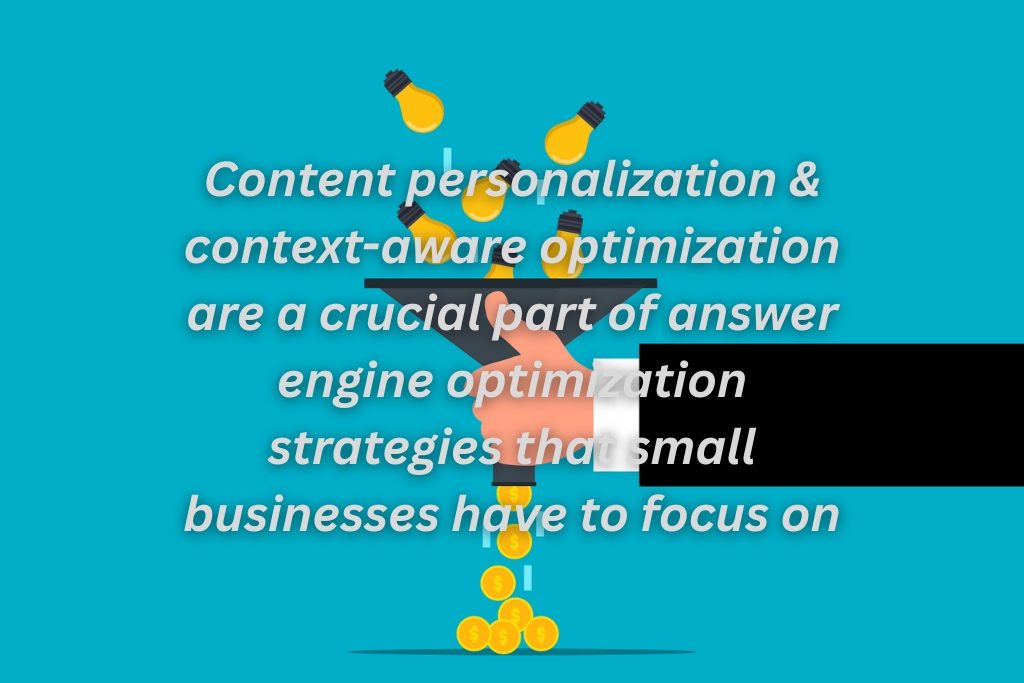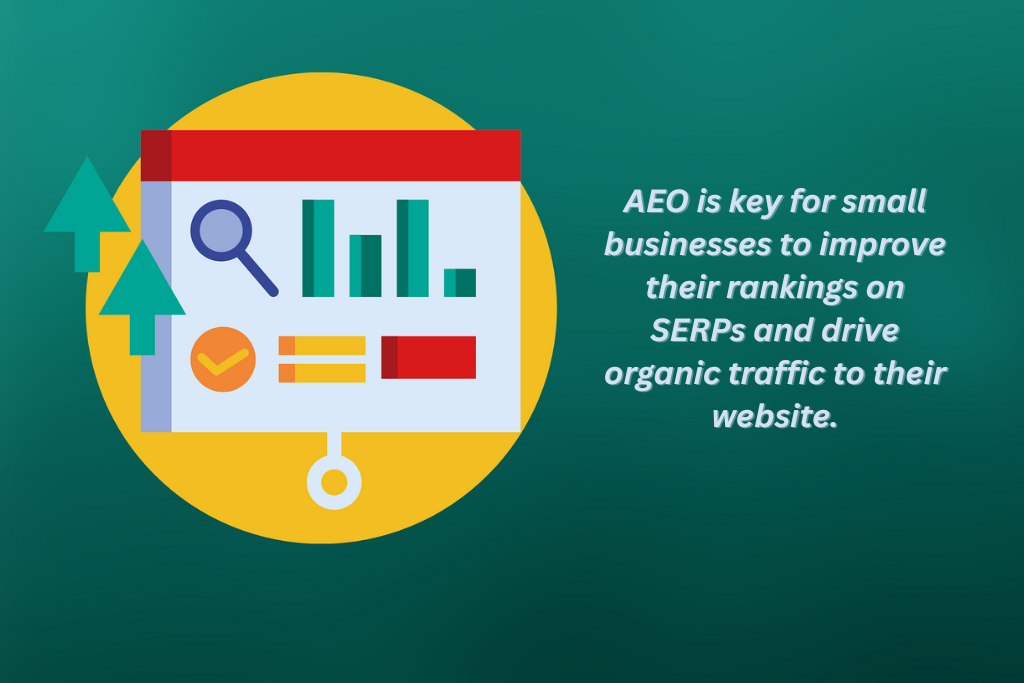
What is Answer Engine Optimization? Why Small Businesses Must Target it to Boost Visibility?
Answer Engine Optimization (AEO) is a step ahead of traditional SEO. It is key for small businesses to improve their rankings on SERPs and drive organic traffic to their website. Unlike traditional SEO, AEO is an innovative approach focusing on highly relevant answers to user queries. AEO emphasizes structured data, featured snippets, NLP, and FAQQs, to process and convey content to the users as easily as possible. The result of implementing AEO is your strategy will bring better AI-generated answers with zero-click searches and improved brand authority.
What is Answer Engine Optimization?
When you add a query to search engines such as Google and Bing they display a list of web pages. On the contrary, answer engine optimization works by using natural language processing and artificial intelligence and offers quick and accurate responses to your queries. So with AEO, you don’t have to visit any of those lists of web pages that appear in response to your query.
AI-powered voice search assistants and generative AI bots are two types of answer engines. The AI-powered search engines including Google Assistant, Siri, and Alexa use voice recognition. They respond to verbal commands, queries, and directions from users. While Generative AI bots need advanced algorithms and give human-like responses to queries.
Both of these search engines require the most relevant, accurate, and to-the-point content to share with users, and integrating these types of search engines into your content strategy will boost your website’s visibility and rankings. Answer engine optimization is the practice of creating and optimizing your content to provide direct answers to the user’s queries. With answer engine optimization, your content will become easily readable for AI assistants to read and crawl. 
What is the Difference Between AEO and SEO?
The basic difference between AEO and SEO is that they approach search behavior in different ways. Where SEO focuses on optimizing content to improve SERP visibility, AEO makes content directly accessible to users. This happens when your content is highly accurate, structured, and relevant to the queries so that AI prefers to pick it up in response to a query.
The users are shifting their information consumption towards zero-click searches. In a zero-click search, a user’s query is directly answered on the search result page. That’s why they don’t have to click on any webpage links. People appreciate this convenience of immediate answers. However, this leads to a decline in traditional website traffic. Here comes AEO to rescue and help brands optimize content with the direct answers that AI generators pick so that they don’t have to rely on website visits.
Both content personalization and context-aware optimization are a crucial part of answer engine optimization strategies. Businesses have to focus on providing structured and authoritative content that is prioritized by AI. They can no longer rely on generic keyword targets and they have to consider other factors including user search history, demographics, and user intent to personalize content. 
Role of Voice Search Optimization in AEO
Smart voice assistants are shifting the dynamics of query commands. The information we get in response to a voice query is concise. This makes voice search adoption a major answer engine optimization driving factor, and that’s why businesses must optimize their content so that it is selected by AEO. Optimizing your content for voice search queries involves implementing structured data, conversational language, and long-tail keywords.
The increasing demand for conversational and multi-modal search experiences made search more dialogue-driven. Users use a combination of voice, images, and texts. They also want an in-depth response to their queries along with quick answers. AEO accomplishes that requirement. It ensures that the provided content must be well-structured, easily digestible, and relevant to the user intent.
How to Optimize Your Content for AEO?
Here’s how to create the content that works for both search engine optimization and answer engine optimization;
- Know your audience and analyze their search intent. Asses their pain points, dreams, and aspirations. Provide the exact solution to their problems.
- Add short-form and generic keywords but don’t just rely on them. Do a research for long-tail keywords and find the questions your audience is mostly looking for.
- Optimize our content for featured snippets by providing clear answers in direct language. Also, use relevant statistics.
- Structure your content to provide direct answers. Do not add more than H1 to your page. You can add an H2 heading for the primary query that you are working on and then give an accurate answer immediately.
- Write in-depth content that must showcase your authority on that topic.
- Implement schema markup to help search engines understand your content better.
- Your primary focus should be on user intent and pay attention to what your users and looking for.
- Instead of just focusing on text go for multi-format content that includes images, videos, and infographics. Optimizing them will help your content appear in various search formats and improve visibility.
- Do not neglect technical SEO as it affects both the SEO and AEO performance of your content.
- Use natural and conversational language to optimize content for voice search.
Conclusion
Answer engine optimization is a modern-day content need. It will not only enhance the user experience but also boost your content’s chance to appear in different search features. By implementing these strategies you can create content that is optimized for both traditional and answer search engines.




